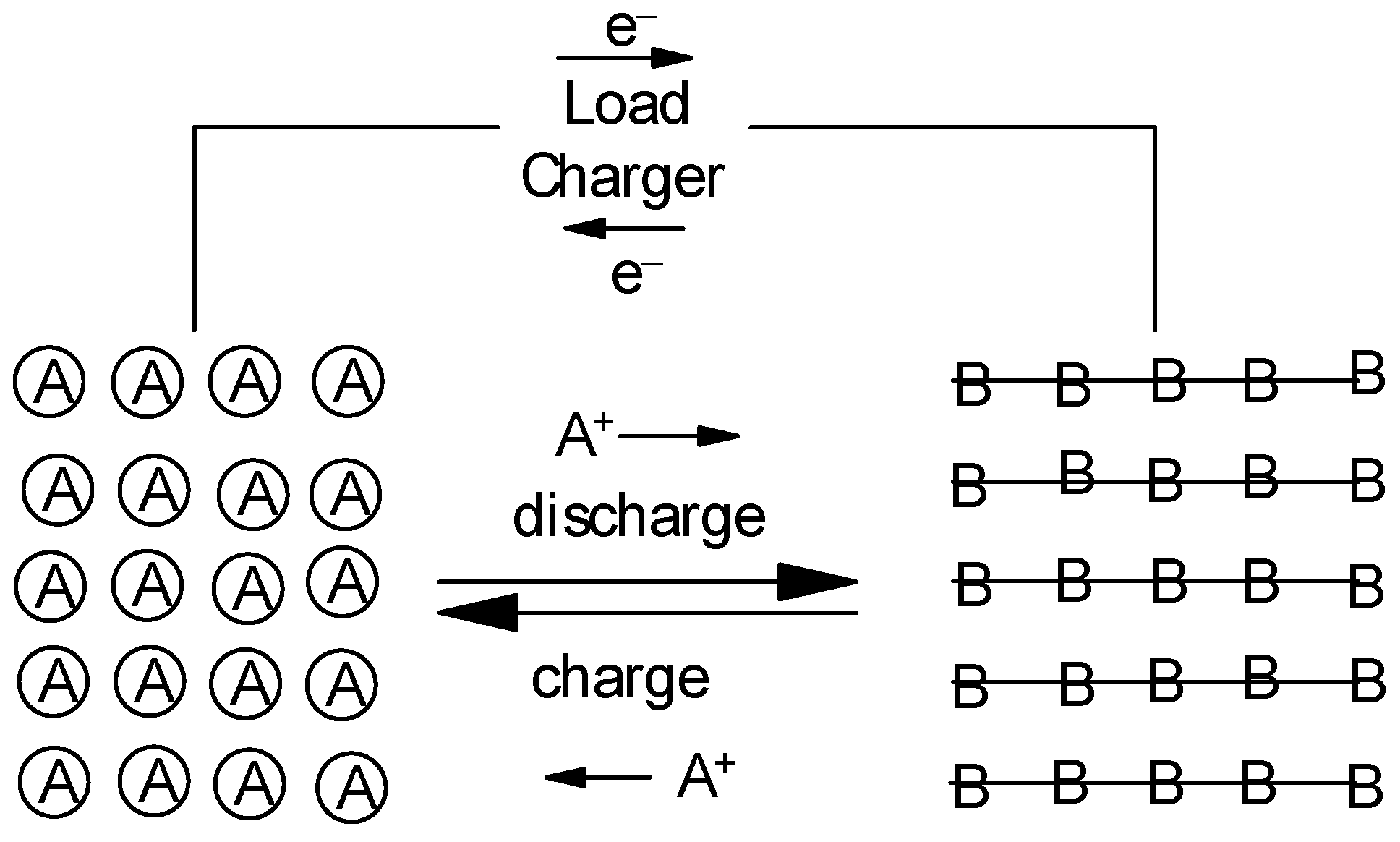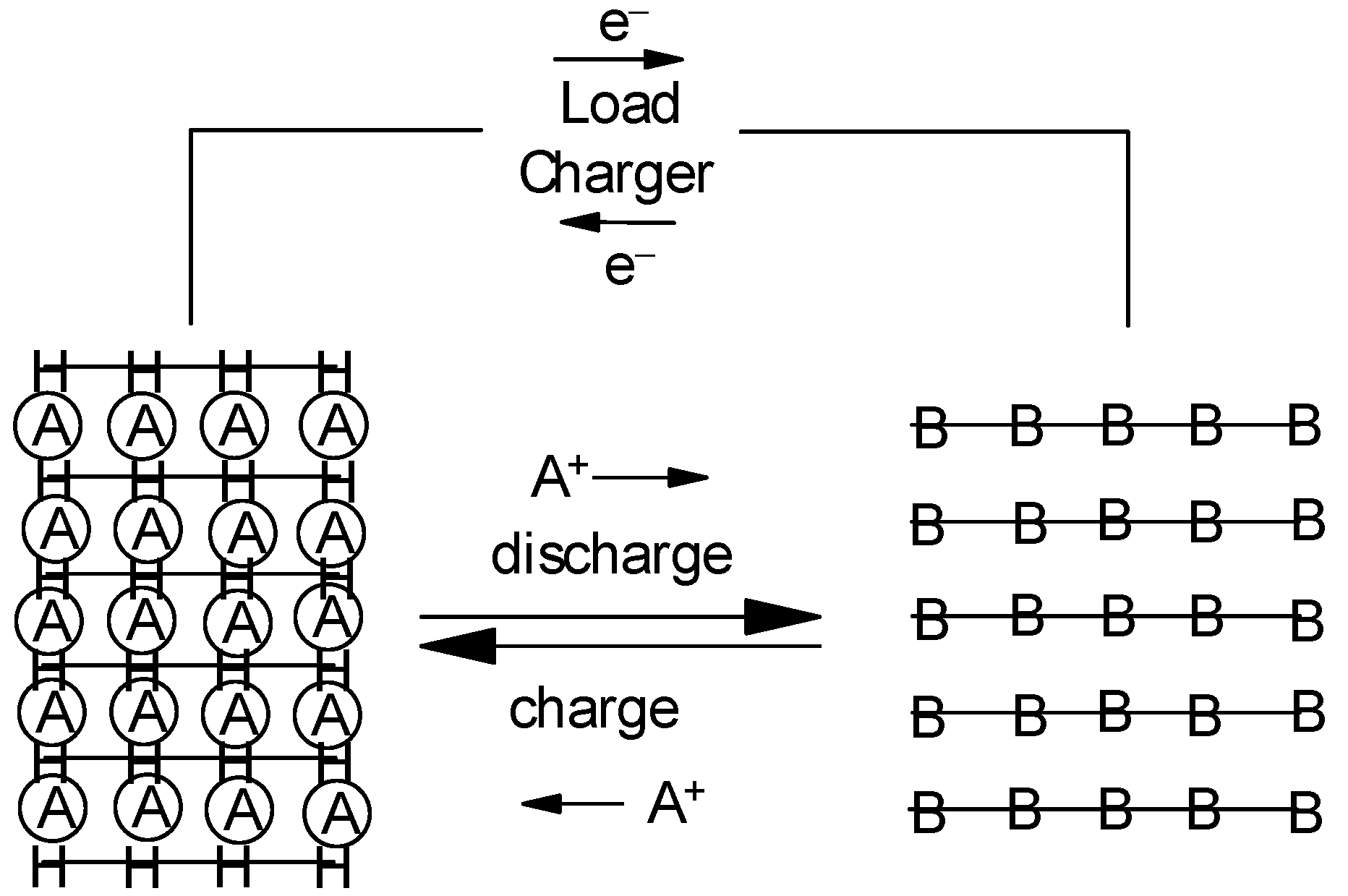Your browser does not fully support modern features. Please upgrade for a smoother experience.

Submitted Successfully!
Thank you for your contribution! You can also upload a video entry or images related to this topic.
For video creation, please contact our Academic Video Service.
| Version | Summary | Created by | Modification | Content Size | Created at | Operation |
|---|---|---|---|---|---|---|
| 1 | Yi Liu | -- | 561 | 2022-09-21 02:47:10 | | | |
| 2 | Vicky Zhou | Meta information modification | 561 | 2022-09-23 10:52:44 | | | | |
| 3 | Vicky Zhou | Meta information modification | 561 | 2022-09-23 10:55:07 | | |
Video Upload Options
We provide professional Academic Video Service to translate complex research into visually appealing presentations. Would you like to try it?
Cite
If you have any further questions, please contact Encyclopedia Editorial Office.
Liu, Y.; Holze, R. Metal-Ion Batteries. Encyclopedia. Available online: https://encyclopedia.pub/entry/27400 (accessed on 13 January 2026).
Liu Y, Holze R. Metal-Ion Batteries. Encyclopedia. Available at: https://encyclopedia.pub/entry/27400. Accessed January 13, 2026.
Liu, Yi, Rudolf Holze. "Metal-Ion Batteries" Encyclopedia, https://encyclopedia.pub/entry/27400 (accessed January 13, 2026).
Liu, Y., & Holze, R. (2022, September 21). Metal-Ion Batteries. In Encyclopedia. https://encyclopedia.pub/entry/27400
Liu, Yi and Rudolf Holze. "Metal-Ion Batteries." Encyclopedia. Web. 21 September, 2022.
Copy Citation
Metal-ion batteries are systems for electrochemical energy conversion and storage with only one kind of ion shuttling between the negative and the positive electrode during discharge and charge. This concept also known as rocking-chair battery has been made highly popular with the lithium-ion battery as its most popular example. The principle can also be applied with other cations both mono- and multivalent. This might have implications and advantages in terms of increased safety, lower expenses, and utilizing materials, in particular metals, not being subject to resource limitations.
metal-ion battery
rocking-chair battery
secondary battery
accumulator
In a secondary battery commonly employed for electrochemical energy conversion and storage commonly two electrodes and an electrolyte (solution) are employed with electrode reactions proceeding at both electrodes with more or less significant changes in the composition of the electrolyte (solution). Frequently constituents of the electrolyte solution are consumed or new ones are generated. The associated changes of properties of the electrolyte (solution) are mostly unwelcome because they might e.g., result in reduced ionic conductivity and increased internal resistance of the device. In addition, these changes require a certain minimum amount of electrolyte (solution) for the electrode reactions to proceed. These disadvantages are absent with the metal-ion battery. Because all known examples work with a common cation An+ the electrode reactions can be written for the negative electrode during discharge as
A → An+ + en- (1)
and for the positive electrode during discharge assuming a host material B capable of accommodating A or An+ with associated valency changes in
B + An+ + en- → BA (2)
Assuming a metal electrode as the negative one the principle is illustrated in Figure 1. For various reasons addressed for specific materials below a metal may not be suitable, instead a host material H is also employed as a negative electrode. This results in a modified electrode reaction of the negative electrode
H(A) → H + A+ + en- (3)
illustrated in Figure 2.

Figure 1. Principle of a rocking-chair battery, a positive intercalation-type electrode is assumed.

Figure 2. Principle of a rocking-chair battery, both negative (H) and positive (B) intercalation-type electrodes are assumed.
The obvious advantage of this concept results from the fact, that there are no net changes in the electrolyte composition; all associated negative effects of this are absent. Beyond this obvious advantage there is another benefit: only a minimum amount of electrolyte (solution) is needed, just enough to enable the shuttling of the respective ions. Thin layers of gelled electrolyte or solid electrolytes are conceivable; in the case of liquid electrolyte (solution) just the amount necessary to soak the separator and to fill the porous electrode materials is needed. Beyond the obvious cost and safety benefits the cells may have increased energy densities because of the decreased amounts of material basically not actively contributing to storage.
This concept has turned out to be highly successful with the omnipresent lithium-ion battery. There are nevertheless several limitations and drawbacks seriously limiting the further expansion of this system. Limited resources of both lithium as the active metal-ion as well as further ingredients of the positive electrode in particular may turn out to be serious confines. In addition the safety concerns associated with the behavior of lithium, its dendritic deposition especially at high charging currents, and storage capability limitations of several frequently employed and/or investigated materials are noteworthy. Thus research into transferring the basic benefits into systems with other cations An+ has started.
Information
Subjects:
Energy & Fuels
Contributors
MDPI registered users' name will be linked to their SciProfiles pages. To register with us, please refer to https://encyclopedia.pub/register
:
View Times:
1.4K
Online Date:
21 Sep 2022
Notice
You are not a member of the advisory board for this topic. If you want to update advisory board member profile, please contact office@encyclopedia.pub.
OK
Confirm
Only members of the Encyclopedia advisory board for this topic are allowed to note entries. Would you like to become an advisory board member of the Encyclopedia?
Yes
No
${ textCharacter }/${ maxCharacter }
Submit
Cancel
Back
Comments
${ item }
|
More
No more~
There is no comment~
${ textCharacter }/${ maxCharacter }
Submit
Cancel
${ selectedItem.replyTextCharacter }/${ selectedItem.replyMaxCharacter }
Submit
Cancel
Confirm
Are you sure to Delete?
Yes
No




